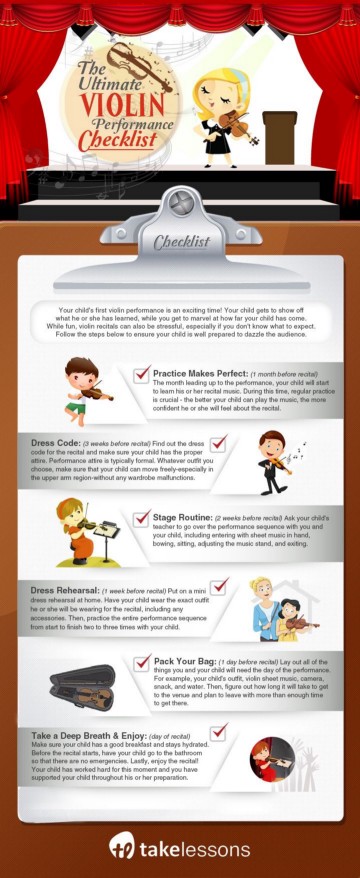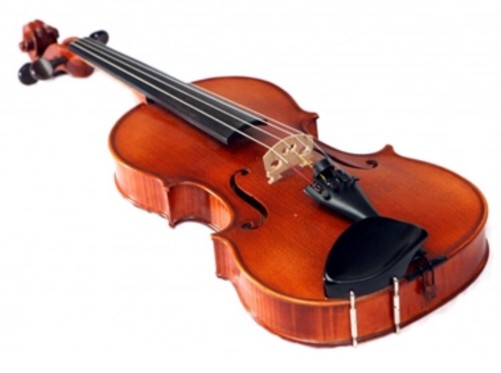
I am always moved by a great violin. I believe there is a subtle, elusive element that the truly great ones (today or in the past) have. It is the ability to focus 100% on the present moment. It is the ability to make these notes in this moment have a sense of voice, as if the violinist is talking to you, and the composer is talking to you. It is “being in the moment.” And then it leads inevitably to the next moment. Then portraying that feeling in the music to the listeners
Perfection in playing technique plays just a part of it. I like that aspect only when supplemented by a very individual, heightened sense of artistry-and yes, it still happens nowadays, in some very gifted living violinists. Choosing between 100% perfection and a too square, boring approach, I rather have some imperfections and a very moving performance full of feeling.
Because of the deeply emotional sounds the violin can produce, the instrument can be a door to the performer’s heart and passion. The positioning of the violin on the musician’s shoulder allows it to become part of the performer — violin and violinist become one. This gives a unique ability to express musically whatever feelings the violinist wants to produce. Played well, the violin is an instrument that touches hearts and speaks directly to its listeners.
Over the course of a few hundred years, the violin has undergone many changes to become the instrument we know today. It descended from the viol family of instruments along with the viola, cello, and (arguably) double bass. How extensive was its evolution? In the mid 1500s, the violin’s earliest ancestors had just three strings!
By the 19th century, thanks to the famous violin maker Antonio Stradivari, the violin’s unique shape and proportions were established. Many of Stradivari’s violins are still played today, and are regarded as some of the greatest instruments ever created.
First Check This Kid Out, Christian Li 10 years old

Antonio Vivaldi (1678 — 1741)
The daddy of Baroque violin, and an unignorable influence on the violin as it is played today. It’s no wonder that his concertos still act as a training ground for the professionals of today.
Maxim Vengerov (1974 — )
Few violinists appear so effortless in performance than Russian Maxim Vengerov, another prodigy made good. Oh, and he’s the first musician to be made an International Goodwill Ambassador by UNICEF.
Isaac Stern (1920 — 2001)
Stern was the driving force behind some of the greatest musicians of the generation that followed him, including Yo-Yo Ma and Itzhak Perlman. But first and foremost, it was always his playing that made him a star.
Pablo de Sarasate (1844 — 1908)
If Sarasate had only written his epic ‘Zigeunerweisen’, he’d still be an absolute legend. But as it happens, he was also a devilishly talented performer.
Itzhak Perlman (1945 — )
Few have done as much for the popularity of the violin as Itzhak Perlman. Hugely decorated, hugely respected, and a dab hand at Schindler’s List:

Niccolò Paganini (1782 — 1840)
No other violinist in history has held as much influence and power over the way the instrument is played. Compositions, legendary performances, and even a biopic starring David Garrett — what a legacy.
Ginette Neveu (1919 — 1949)
Tragically, Neveu died in a plane crash when she was just 30, something made all the more tragic by just how much promise she showed. She once beat David Oistrakh in the Wieniawski Competition and was already making some classic recordings — it’s tempting to imagine just what might have been.
Yehudi Menuhin (1916 — 1999)
Few violinists can claim to be responsible for ushering in a new generation of top-flight violinists, but Menuhin certainly can. An innovative and passionate educator, as well as a top performer.
Fritz Kreisler (1875 — 1962)
Kreisler was a pioneer of eking emotion out of his instrument, with an immediately recognisable tone. But he was also a composer of fiendish and legendary works for the violin too, securing his legacy and influence.
Jascha Heifetz (1901 — 1987)
When he first heard Heifetz play, fellow violin legend Fritz Kreisler said: “We might as well take our fiddles and break them across our knees.” Fair enough.

The brilliant physicist Albert Einstein had a deep love for music and the violin, even crediting his musical studies as the inspiration behind his greatest theory. Einstein said, “The theory of relativity occurred to me by intuition, and music is the driving force behind this intuition. My parents had me study the violin from the time I was six. My new discovery is the result of musical perception.” Playing the violin teaches in all areas of life.
The greatest test for a violinist? The Paganini caprices? Bach’s Chaconne? The Beethoven or Brahms violin concertos? No. The greatest test is to hold the attention of a listener for 60 minutes or so of violin short pieces / vignettes / salon music. Few pass the test; few have the range of sound, variety of bowing, palette of colours, variation of dynamics, to hold our attention for more than 20 minutes or so.
The violin can cover such a range of sound and feeling that even a cello can’t quite get. It can give you the feeling of cold winds sweeping (opening of the Sibelius Concerto), teeth chattering (Vivaldi Winter, from the Four Seasons), melancholy, manic glee, mellow happiness…name it, the violin can do it.
Great movie The Red Violin 🎻

![]()
Violin 🎻 Artist And Performances Of Note was originally published in eCom Tips on Medium, where people are continuing the conversation by highlighting and responding to this story.